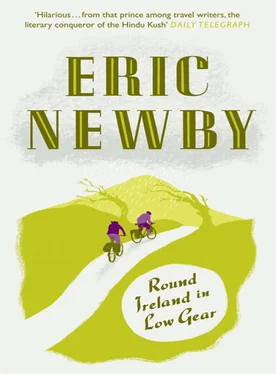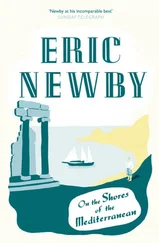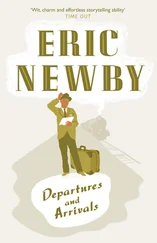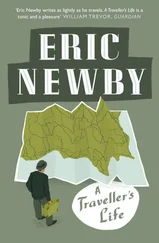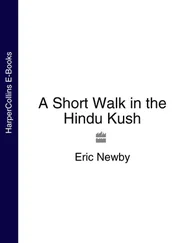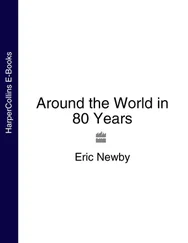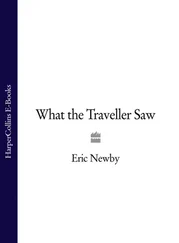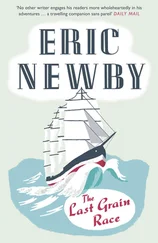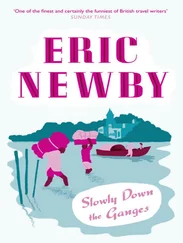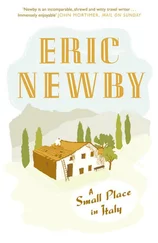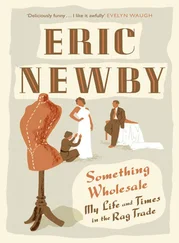1 ...6 7 8 10 11 12 ...19 ‘There was no need at all to be chaining your bikes up in Sixmilebridge,’ said a small girl of about seven with a hint of reproof, as we were unchaining them, preparatory to continuing on our way.
We were still only nine miles from Limerick. If we went on like this and I continued to record what I saw in such superfluous detail it would take us five years to travel round Ireland, and the rest of my life to write about it. I put this to Wanda and she said perhaps it didn’t matter, and what other plans had I got for spending the evening of my days; but I knew she wasn’t serious about it. Nevertheless, emboldened by her hardening attitude I talked her into a detour of a mile or two to see Mount Ievers Court, a country house at the foot of the Slieve Bearnagh hills.
As it was not open to the public, we hid our bicycles near the entrance and approached the house on foot across the park, in which it stood half hidden among trees, some of them enormous beeches, and invisible from the three roads that hemmed the property in.
It was a tall house in every way: three storeys high, with a steeply pitched, tiled roof, tall chimneys, tall doorways and tall windows with white glazing bars. Both its fronts had seven bays and each upper storey was slightly narrower than the one below.
The garden front was faced with bricks of a beautiful pale pink colour and the quoins, the cornerstones, the string courses and the window surrounds were cut from a silvery limestone. A flight of steps led up to a simple doorway on the first floor. The entrance front was entirely faced with this silvery stone, and with what was to be the last of a pale, wintry afternoon sun illuminating the windows the house was an enchanting sight. It could have been the abode of some sleeping princess, waiting to be awakened after a sleep of centuries.
There was no sign of life but we skulked among the trees, anxious not to be detected, certain that if there were any occupants they would not want to be bothered with trespassers in Gore-Tex suits. Neither of us was keen to see the inside in case it failed to equal the exterior of what has been described by Mark Bence-Jones, the author of Burke’s Guide to Irish Country Houses , as ‘the most perfect and also probably the earliest of the tall Irish houses’, but apparently it is well worth seeing.
The house was built by John Rothery and his son Isaac for Colonel Henry Ievers 4 sometime between 1730 and 1737, and is thought to have been based on the design of Chevening, in Kent. The beautiful pink bricks used in its construction were brought back as ballast in a vessel that had carried rape-seed oil to Holland, oil that was milled at Oil Mill Bridge, which we had cycled over on our way from Cratloe.
After this detour we set off northwards under what was now a grey sky, bound for Kilmurry and Quin, through a wide expanse of flat, rural Clare with the Slieve Bearnagh hills running away to the north-east on our right.
The road was the site of intensive ribbon development. Along it on either side stood bungalows in an astonishing medley of styles – Spanish hacienda, Dallas ranch house, American Colonial, Teutonic love-nests with stained glass in their front doors, and others in styles difficult to put a name to. Some were already occupied and their windswept, treeless gardens and patios were enclosed with breeze-block walls or with balustrades made from reconstituted stone. Some still had the builders on the premises – their vans and battered cars stood outside and you could hear their owners whistling and their radios on the go. Some were empty shells, abandoned by both the builders and those whom they were building them for, until the present dire state of the Irish economy improved.
If it did, it would only be a matter of time before every secondary road in Ireland would suffer in the same way; many, we subsequently found, already had. These bungalows were alien in the Irish countryside: most of them for instance had no porch in which to hang coats and keep gumboots, an absolute necessity in a place like Ireland. But obviously the Irish love them and they are infinitely better to live in than the damp-courseless, thatched, whitewashed cottages in which their forebears crouched in a single smoke-filled room, stirring some mess suspended over the fire in a blackened pot and fulfilling their destiny by satisfying visitors in search of the picturesque such as ourselves.
Kilmurry, when we finally reached it, having emerged from this Irish subtopia, was a very small place indeed. Of the six roads which met there, five meandered to it across country from points on the map which had no names at all. There were the picturesque ruins of a church and an equally picturesque abandoned churchyard and the sort of picturesque house the Irish were abandoning in droves, with blackbirds in residence in its grass-grown thatch. In the distance the little loughs with which the region abounded sprang to life when from time to time sunbeams forced their way through the clouds that had now gathered overhead.
After this we rode past Knappogue, a Macnamara castle. It was open (morning and afternoon teas were served), and providing a quorum could be found ready to participate, mediaeval banquets could be served at the drop of a hat. But according to the Blue Guide , although built in 1467 it had since been over-restored, not by some Victorian nutcase, as might be expected, but in 1966. So we gave it a miss and pressed on to Quin, a pretty, rural village, with two long, picturesque barns; across the road from Malachy’s Bar.
It was three-thirty, and mad for a pot of tea we entered the bar, in which two locals were drinking Guinness and playing darts. They immediately offered to play a foursome, but we were too thirsty to do anything but drink tea and eat a bit of cake, brought by a young girl, for which we paid an Irish punt (or pound). While doing so I tried to imagine a couple of foreigners entering one of our local pubs in Dorset at three-thirty on a winter’s afternoon and finding customers inside, drinking and offering to play darts, and then being provided with tea and cakes; but I failed. Malachy’s Bar may not have been all that much to look at – inside it resembled a 1935 Wardour Street half-timbered film set – but its occupants were kind and welcoming and I realized that if we were going to attempt to equate aesthetics with happiness while travelling through Ireland we might just as well give up and go and be miserable in the comfort of our own, lovely home.
Outside, on a bank of the little River Rine were the impressive ruins of the Franciscan Abbey founded and built in the fifteenth century by Sioda Cam Macnamara within the perimeter of a Norman castle which had been destroyed, presumably by the Macnamaras around 1286. Other members of this clan were also buried here, among them the Macnamara of Knappogue castle who, had his precise location been known to its restorers, would probably have been dug up and restored too.
Those Franciscans were extremely tenacious. In 1541 they were expelled from their premises, as were other religious communities in Ireland, by Henry VIII in his new guise as King of Ireland and Head of the newly established Protestant Church of Ireland, 5 but after the death of Elizabeth I in 1603 the monks returned. In 1649–50 Cromwell initiated his ghastly campaigns in Leinster and in Munster, of which County Clare formed a part, together with what are now Cork, Kerry, Limerick, Tipperary and Waterford. The following year, 1651, they were again driven out and in 1652 eleven years of rebellion by the Irish came to an end. In the course of them one third of the Catholic Irish population had been killed; uncounted thousands were shipped to the West Indies, to all intents and purposes to work as slaves; Irish towns were repopulated with English men or English sympathizers; and twenty million acres of land were expropriated and handed over to Protestant settlers.
Читать дальше
